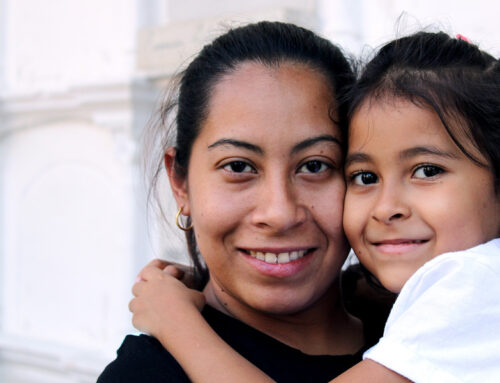
Intimate partner violence (IPV) is violence or aggression that occurs in a close relationship. The term “intimate partner” includes current and former spouses and dating partners.
IPV can vary in frequency and severity and occurs on a continuum, ranging from one episode that might or might not have a lasting impact, to chronic and severe episodes over a period of years.
IPV includes four types of behavior:
- Physical violence is when a person hurts or tries to hurt a partner by hitting, kicking, or using another type of physical force.
- Sexual violence is forcing or attempting to force a partner to take part in a sex act, sexual touching, or a non-physical sexual event (e.g., sexting) when the partner does not or cannot consent.
- Stalking is a pattern of repeated, unwanted attention and contact by a partner that causes fear or concern for one’s own safety or the safety of someone close to the victim.
- Psychological aggression is the use of verbal and non-verbal communication with the intent to harm another person mentally or emotionally and/or exert control over another person.
Several types of IPV can occur together. IPV is associated with several risk and protective factors. It is connected to other forms of violence and causes serious health and economic consequences.
By using a public health approach that addresses risk and protective factors for multiple types of violence, IPV and other forms of violence can be prevented.
To learn more please visit the Centers for Disease Control and Prevention.
How Big Is the Problem?
IPV is common. It affects millions of people in the U.S. each year. Data from CDC’s National Intimate Partner and Sexual Violence Survey (NISVS) indicate:
Nearly 1 in 4 adult women and approximately 1 in 7 adult men report having experienced severe physical violence from an intimate partner in their lifetime.
16% of women and 7% of men have experienced contact sexual violence from an intimate partner (this includes rape, being made to penetrate someone else, sexual coercion, and/or unwanted sexual contact).
10% of women and 2% of men report having been stalked by an intimate partner.
IPV starts early and continues throughout the lifespan.
An estimated 8.5 million women (7%) in the U.S. and over 4 million men (4%) reported experiencing physical violence, rape (or being made to penetrate someone else), or stalking from an intimate partner in their lifetime and indicated that they first experienced these or other forms of violence by that partner before the age of 18.
A nationally representative survey of U.S. high school students also indicates high levels of teen dating violence, a risk factor for IPV in adulthood. Among students who reported dating, 12% of girls and 7% of boys had experienced physical dating violence and 16% of girls and 5% of boys had experienced sexual dating violence in the past 12 months.
What are the effects of IPV?
IPV is a significant public health issue that has considerable societal costs. Approximately 41% of female IPV survivors and 14% of male IPV survivors experience some form of physical injury related to their experience of relationship violence.
IPV can also extend beyond physical injury and result in death. Data from U.S. crime reports suggest that 16% (about 1 in 6) of murder victims are killed by an intimate partner and that over 40% of female homicide victims in the U.S. are killed by an intimate partner.
There are also many other negative health outcomes associated with IPV, including a range of cardiovascular, gastrointestinal, reproductive, musculoskeletal, and nervous system conditions, many of which are chronic in nature.
Survivors experience mental health problems such as depression and posttraumatic stress disorder (PTSD). They are at higher risk for engaging in health risk behaviors such as smoking, binge drinking, and HIV risk behaviors.
Although the personal consequences of IPV are devastating, there are also considerable societal costs associated with medical services for IPV-related injuries, mental health services, lost productivity from paid work, childcare, household chores, and criminal justice and child welfare costs.
How can we stop IPV before it starts?
Supporting the development of healthy, respectful, and nonviolent relationships has the potential to reduce the occurrence of IPV and prevent its harmful and long-lasting effects on individuals, families, and the communities where they live.
Source: Centers for Disease Control and Prevention
We're here for you. Reach out for help today!
Contact our 24/7 hotline at 330.374.1111 or chat now with a trained advocate.



